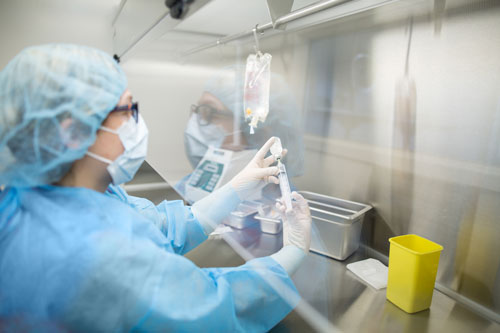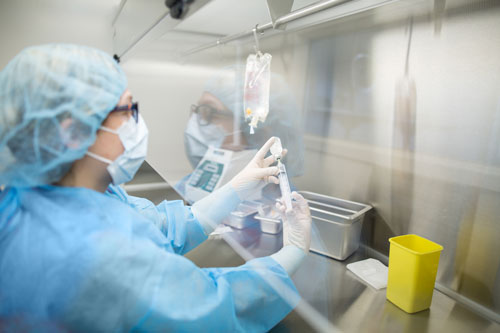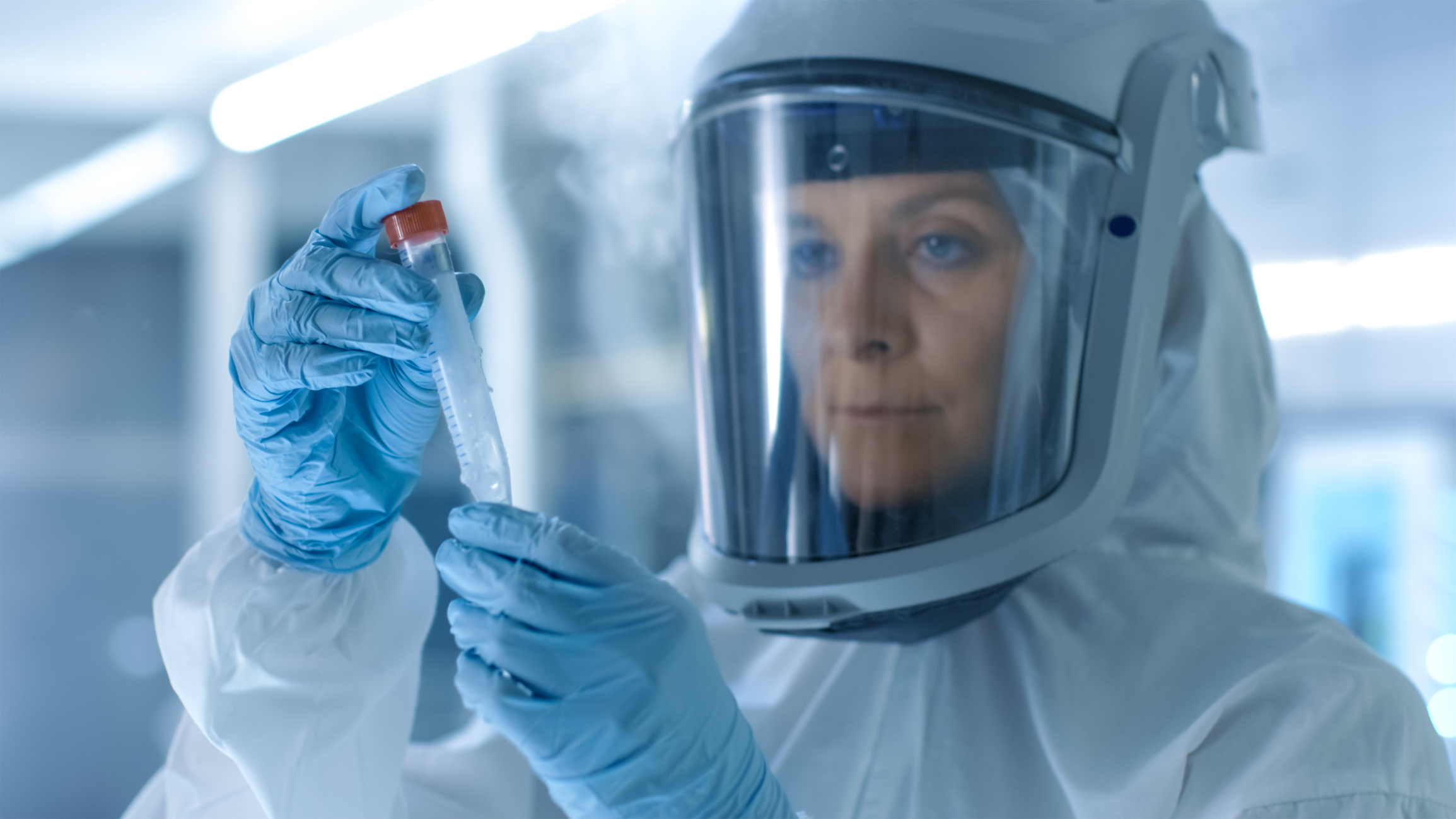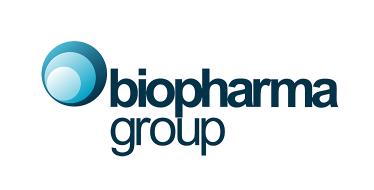 Add My Company
Add My Company
When freeze drying cytotoxic samples, how do you ensure safety while maintaining product integrity?

Highly potent active pharmaceutical ingredients, including cytotoxic APIs, are in increasing demand for targeted therapies and highly potent drug products. However, compared to many other pharmaceuticals, freeze-drying these agents carry additional risks. How can we carry out lyophilisation of cytotoxic drugs while ensuring the safety of all involved and maintain product integrity?
Cytotoxic drugs, refer to a group of medicines that are toxic to cells by preventing their replication and growth. They are used to treat a range of diseases, from the well-known ones like cancer to the less obvious ones like rheumatoid arthritis, psoriasis, and multiple sclerosis.
Having been in clinical use for decades, cytotoxic agents are of great medical importance and have proved invaluable to improving patients’ quality of life and cure. With close to 100 cytotoxic drugs currently in use and even more in development, their safe and efficient production is more important than ever before.
While cytotoxic drugs give with one hand, they take away with the other due to their inherent toxicity. In other words, the effects of cytotoxic drugs are generally not limited to tumours or target cells but can cause irreversible damage to healthy cells. This not only causes unwanted side effects in patients but also poses a significant risk to anyone involved in their production and delivery.
Feeling exposed? The risks of cytotoxic drug handling

The exposure at even doses lower than those received by cancer patients can have severe consequences, especially in chronically exposed healthcare workers, researchers, or manufacturers. Indeed, long-term occupational exposure has been linked to adverse health effects such as spontaneous abortion, infertility, premature labour, developmental and behavioural abnormalities among children of exposed personnel, and cancer (1).
Given the potential of life-changing consequences for those exposed, even at low levels, the importance of protecting workers cannot be overstated. But what can be done to ensure the safety of those who produce and deliver these potentially life-saving therapies?
Safeguards in the manufacturing of cytotoxic compounds
A groundswell of cutting-edge research is promising to deliver a host of new therapies that more specifically recognise and kill target cells. While this is mostly motivated by the potential to reduce toxicity and side effects in patients, it may also have positive implications for those involved in manufacturing.
Take monoclonal antibodies (mAbs), a type of protein that are being engineered to treat various malignancies. By recognising specific proteins on the surface of the infected or malignant cells, they are able to exert their cytotoxic effect with higher specificity than traditional cytotoxic agents.
mAbs also tend to have molecular weights several orders of magnitudes higher than most traditional cytotoxic drugs which may limit their uptake via some exposure routes and in turn, reduce the potential for adverse health effects in workers. However, there is currently little information available surrounding the potential health hazards of mAbs.
For this reason, it is imperative that facilities handling both traditional and modern cytotoxic drugs have rigorous containment and protection procedures to ensure the safety of personnel. This responsibility sits squarely with pharma manufacturers. But what happens when pharma manufacturers want to outsource stages of production, such as lyophilisation, to contract development and manufacturing organisations (CDMOs)?
Outsourcing responsibly

There are plenty of reasons why pharma manufacturers choose to outsource some or even all parts of their development and manufacturing pipelines. Freeze-drying of pharmaceuticals, for example, is regularly outsourced as it is a meticulous process that requires highly specialised equipment and expert insight.
Like any other process in cytotoxic drug development and manufacture, freeze-drying carries additional risk to workers and any downstream handlers. Nevertheless, it is an essential process in the formulation of many cytotoxic drugs offering extended shelf lives, ease of shipping and reduced risk of hazardous compound spills.
Because lyophilisation of cytotoxic compounds requires specific handling capabilities and the right R&D expertise, there is a notable lack of facilities available to process such products. Several companies are seeking to address this shortfall by offering facilities and staff that are entirely dedicated to the freeze-drying of cytotoxic and high potency compounds.
Having a separate suite specifically for handling cytotoxic material is a distinct advantage for pharma manufacturers seeking to freeze-dry their pharmaceuticals. It protects other products from cross-contamination and allows the scientific team in-charge to specialise in the safe and effective handling of dangerous materials.
Moreover, dedicated facilities allow technology to be tightly orchestrated to suit the demands of handling and freeze-drying cytotoxic compounds. For example, Biopharma’s custom cytosuite features a 27m2 negative pressure, class 2 clean room to ensure that cytotoxic compounds are maintained in a sterile environment, while also ensuring containment and operator safety.
Freeze-drying cytotoxic drugs is essential in many pharmaceutical pipelines. Its importance is set to continue with the rising use of traditional cytotoxic drugs as well as with the development of cytotoxic biologics (e.g., mAbs) that without freeze-drying have inherently short shelf lives.
While the very nature of cytotoxic products presents a high risk to workers, this can be managed by outsourcing freeze-drying capabilities to companies with dedicated cytotoxic suites and operational teams who have experience handling dangerous compounds. Ultimately, responsibly outsourcing will keep workers safe while ensuring patients receive potentially life-saving treatments.
To discuss your lyophilised cyto and high potency sample requirements, and how Biopharma Group’s dedicated cyto and low bioburden facilities can assist, get in touch today.
References:
- L Alawi et al. “Environmental assessment of cytotoxic drugs in healthcare settings: protocol for a systematic review and meta-analysis,” Systematic Reviews, 9, 242 (2020). DOI: 10.1186/s13643-020-01494-4.
For more information on When freeze drying cytotoxic samples, how do you ensure safety while maintaining product integrity? talk to Biopharma Group

